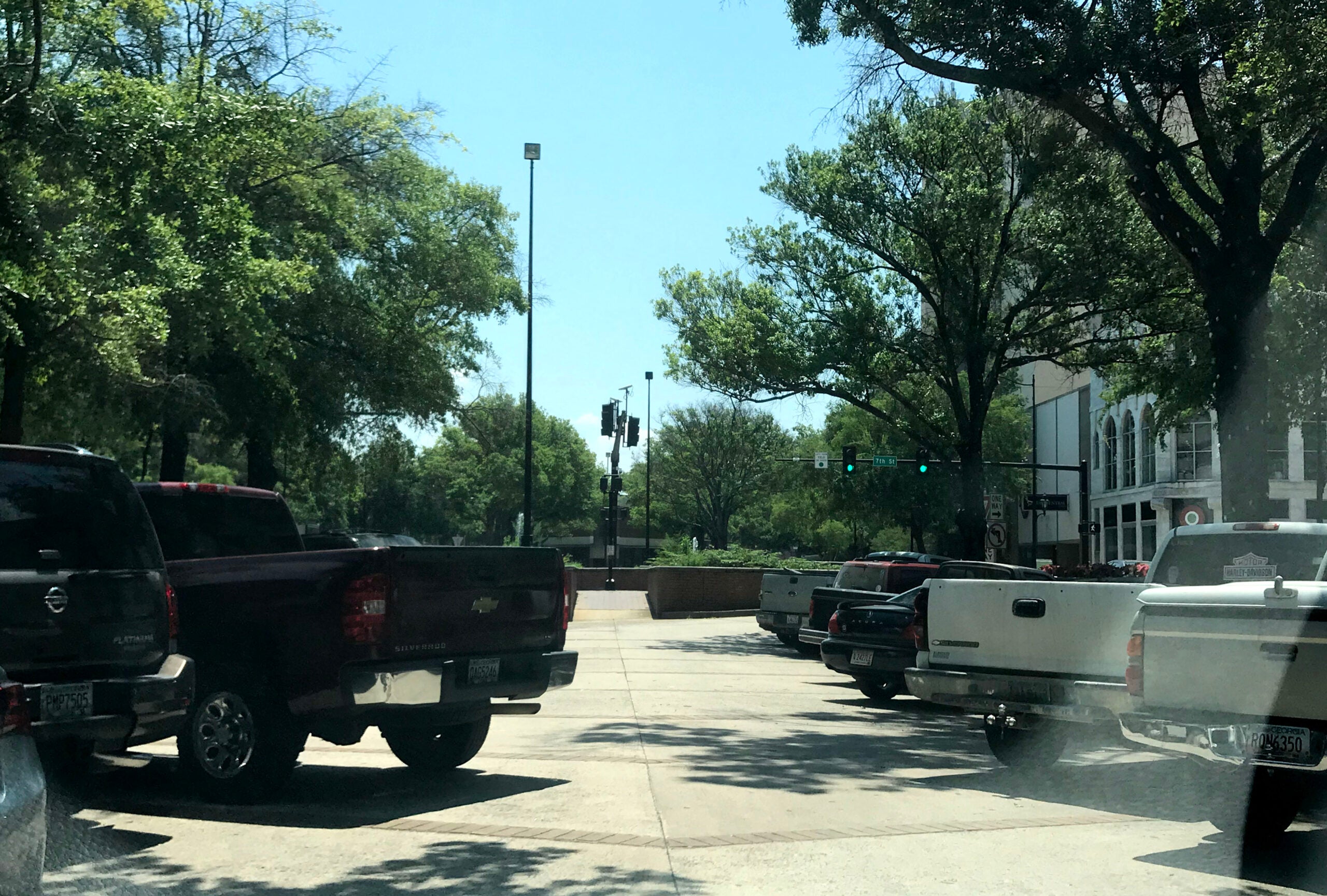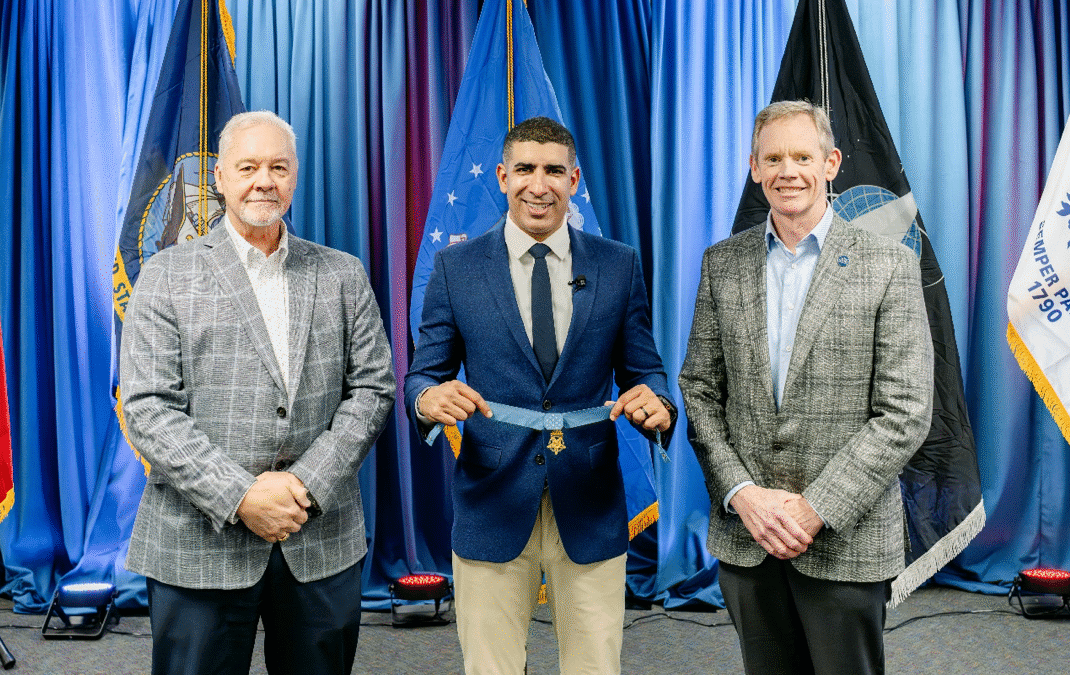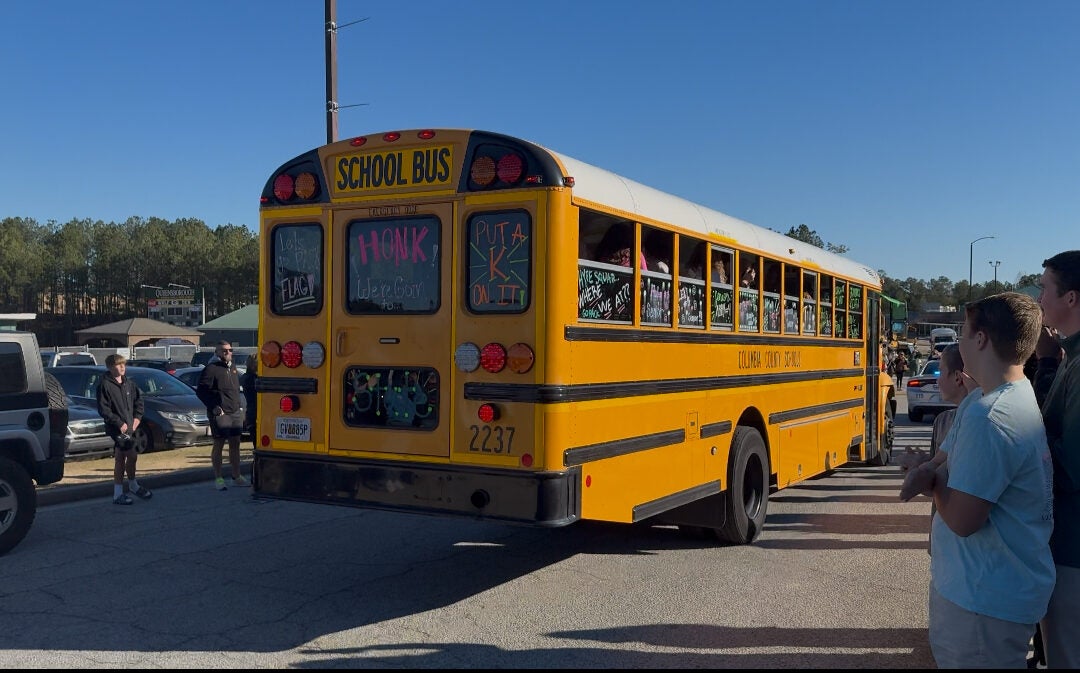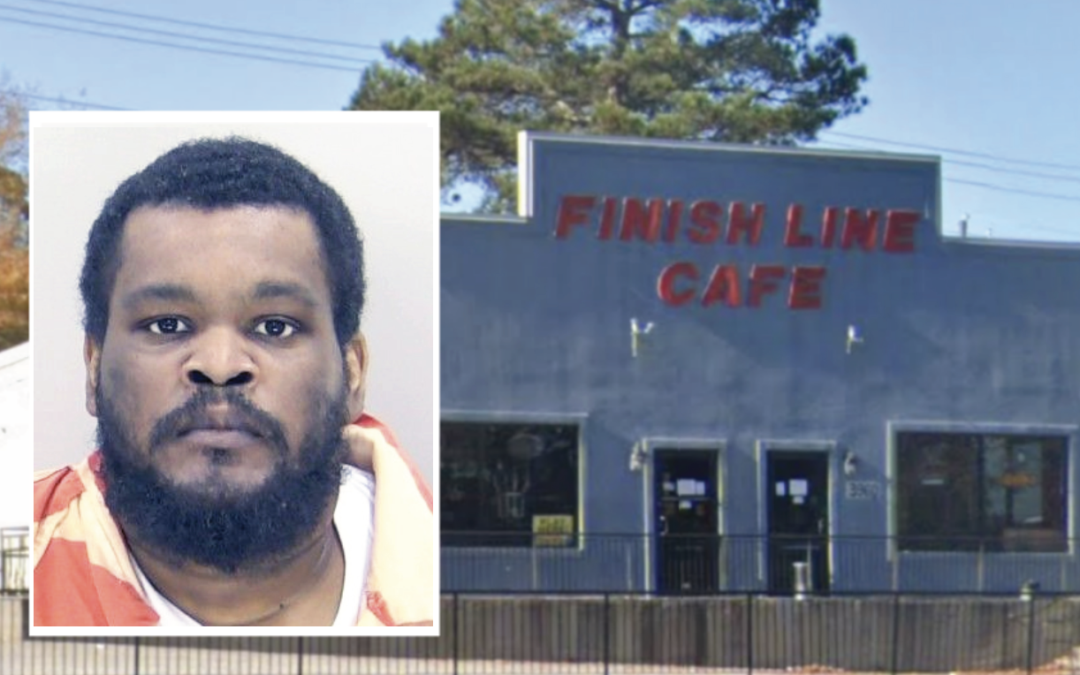On-street parking remains a priority in Augusta’s ongoing overhaul of Broad and surrounding streets downtown. The count stood at 625 spaces Tuesday while city engineers have ideas for adding more.
The Transportation Investment Act project has raised concerns among downtown merchants, particularly restaurateurs, who fear customers will lose access. The initial streetscape design showed some 760 spaces of varied sizes reduced to just 430 standard-sized spaces.
By removing design features and greenspace, engineers were able to retain an additional 200 spaces, many of them in the 500 block of Broad, said Assistant City Traffic Engineer John Ussery, providing an update to the Augusta Commission Tuesday.
“In front of Luigi’s now instead of a planter and greenspace, we’ve added back in parallel parking,” Ussery said. The vintage restaurant sits on the upper half of the 500 block. On the lower half, there was enough room to restore angle parking on both sides of the street, he said.
The city also has considered adding spaces along Monument Street, he said.
Further west in the 1100 and 1200 blocks, engineers have preserved many of the angled spaces in the median, much like are there now, Ussery said.
Other changes that could add more parking include reducing Reynolds Street from four to two lanes, which could add 400 spaces, he said. Also under consideration is making Ellis Street one-way, which would create a net gain of 90 spaces.
Ussery said 2012 state guidelines for “Complete Streets” won’t allow for the elimination of bike lanes from the Broad Street design. The guidelines apply when a road project is state or federally funded and Augusta’s 1% T-SPLOST is considered state funding.
The downtown designs, including the bike lanes, were approved by various local entities including the Downtown Development Authority and Destination Augusta, he said.
Parking management program necessary
Ussery, who recently resigned, said regardless of the parking configuration, Augusta must adopt a parking management program, such as restrictions on how long a car may remain parked in a space.
Currently many take up prime spaces for carpooling, employee parking, even vehicle storage, he said.
The presentation was met by questions, such as Mayor Pro Tem Wayne Guilfoyle’s query why parking in the 500 block couldn’t simply remain as it is now.
Engineering and Environmental Services Director Hameed Malik said the project is intended to reflect continuity as it runs from commercial to residential areas. In addition, younger people want features such as bike lanes, he said.
Commissioner Don Clark said it’s likely time to start “dusting off” the parking management programs the commission has studied in prior years.
With a different set of members the commission was on the brink of hiring a firm called SP+ to run a meter program in early 2020, just before COVID-19 set in.
Representing the downtown business community, Brad Usry said many have real fears about the impact of losing parking. He’s just invested in a new venture in the 1200 block and wonders what the impact will be, he said.
Ussery said the city has hired a public relations firm to better convey its message about the road project and the many changes that accompany it.










